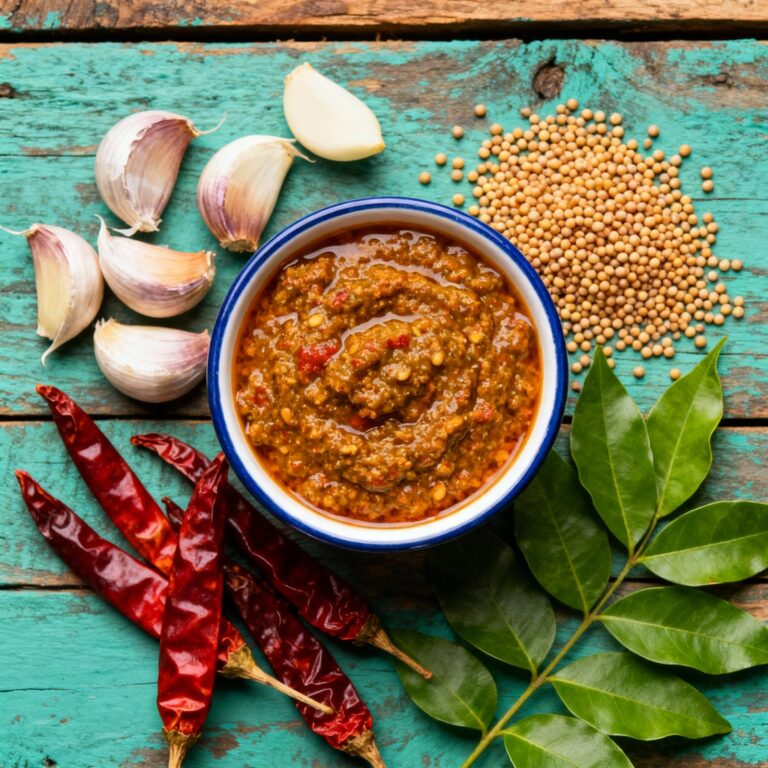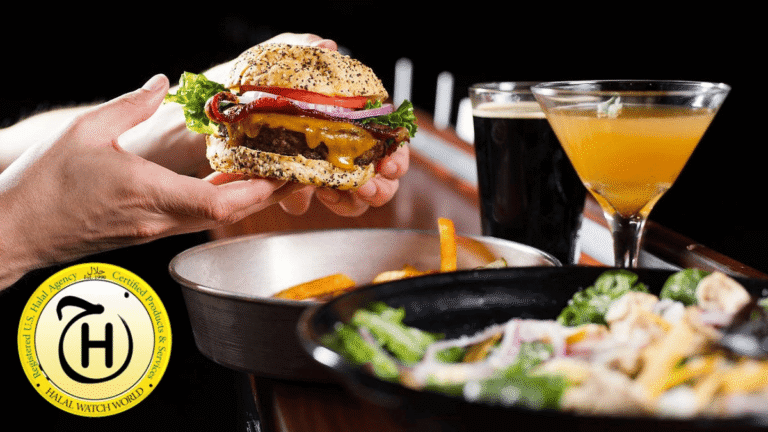
Mayonnaise is a classic condiment that adds creamy richness to sandwiches, salads, and dips. However, traditional mayo is often packed with calories and fat, making it a less-than-ideal choice for those looking to maintain a healthy diet. The good news is that you can easily make low-calorie homemade mayo at home — it’s simple, tasty, and much better for you!
Why Make Your Own Low-Calorie Mayo?
Store-bought mayonnaise tends to be loaded with oils, preservatives, and sometimes added sugars. By making mayo at home, you control the ingredients and can significantly reduce the calories by swapping out heavy oils for lighter options and incorporating ingredients like Greek yogurt for creaminess.
Simple Ingredients for Light Mayo
Here’s what you’ll need for a delicious, low-calorie homemade mayonnaise:
- 1 egg or 2 egg whites
- 1 tablespoon lemon juice or apple cider vinegar
- 1 teaspoon Dijon mustard
- ½ teaspoon salt
- 3 tablespoons light olive oil or avocado oil
- ¼ cup plain non-fat Greek yogurt
Step-by-Step Low-Calorie Mayo Recipe
- Mix the Base: Whisk together the egg (or egg whites), lemon juice, mustard, and salt until smooth.
- Add Oil Gradually: Slowly drizzle in the oil while whisking vigorously or blending to emulsify the mixture and create that creamy texture.
- Incorporate Greek Yogurt: Stir in the Greek yogurt to add tang and reduce fat content while maintaining creaminess.
- Adjust Seasonings: Taste and add more salt, lemon, or mustard as preferred.
Nutritional Benefits
Compared to regular mayonnaise, this low-calorie version contains fewer calories per serving and provides added protein from Greek yogurt. It’s a healthier choice for anyone wanting to reduce fat intake without sacrificing flavor.
How to Use Low-Calorie Mayo
Use this mayo just like traditional mayonnaise: spread it on sandwiches, mix it into salads, or use it as a base for your favorite dips and dressings. You can even customize it by adding herbs, garlic, or spices to suit your taste.
Final Thoughts
Making low-calorie homemade mayo is a great way to enjoy a creamy, flavorful condiment while keeping your meals light and nutritious. With simple ingredients and easy preparation, it’s a smart swap that anyone can make in their kitchen.
What Makes Traditional Mayo So Calorie-Dense?
Regular mayonnaise is typically made from oil, egg yolks, and vinegar or lemon juice. Since oil is the main ingredient, mayo packs a lot of calories and fat—usually around 90 calories per tablespoon. While it’s delicious, this can add up quickly if you use mayo frequently.
How to Make Low-Calorie Mayo at Home
The secret to lowering calories in homemade mayo is replacing some of the oil with lighter ingredients like Greek yogurt, which also adds protein and creaminess. Here’s a simple recipe to try:
Ingredients:
- 1 egg (or 2 egg whites for fewer calories)
- 1 teaspoon mustard (Dijon or yellow)
- 1 tablespoon lemon juice or vinegar
- ½ cup non-fat Greek yogurt
- 2 tablespoons light olive oil or avocado oil
- Salt and pepper to taste
Instructions:
- In a blender or mixing bowl, whisk together the egg, mustard, and lemon juice.
- Slowly drizzle in the oil while continuously whisking to create an emulsion.
- Stir in the Greek yogurt until smooth and creamy.
- Season with salt and pepper, and adjust flavors as desired.
Health Benefits of This Recipe
This version of mayo is significantly lower in calories—approximately 25-35 calories per tablespoon versus 90+ calories in regular mayo. Thanks to Greek yogurt, it also adds protein and beneficial probiotics, which promote gut health.
Delicious Ways to Use Your Low-Calorie Mayo
- Spread on sandwiches and burgers
- Toss into salads or slaws
- Use as a base for healthier dips and sauces
- Add herbs or spices to customize flavor
Final Thoughts
Making your own low-calorie mayonnaise is a simple way to enjoy a classic favorite without compromising your health goals. With fewer calories, healthier fats, and no preservatives, this homemade mayo is perfect for anyone looking to eat cleaner and feel better.



